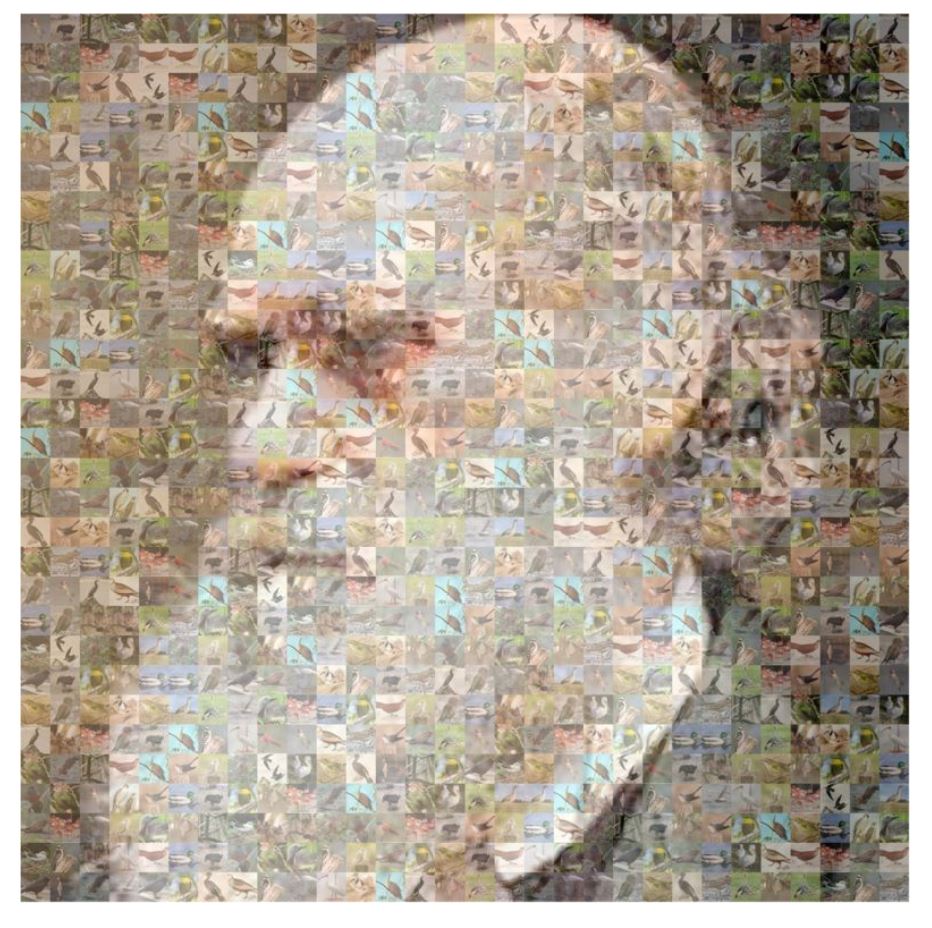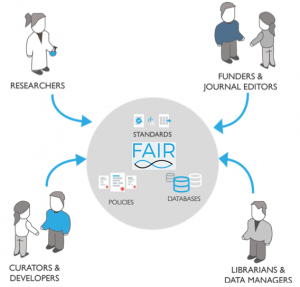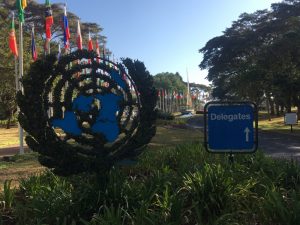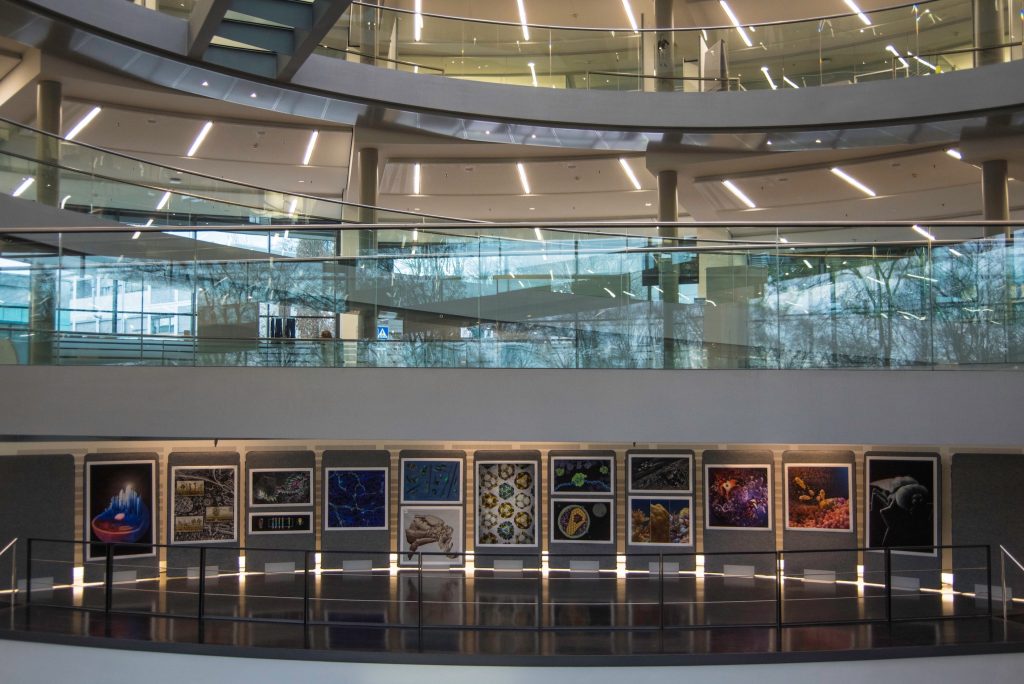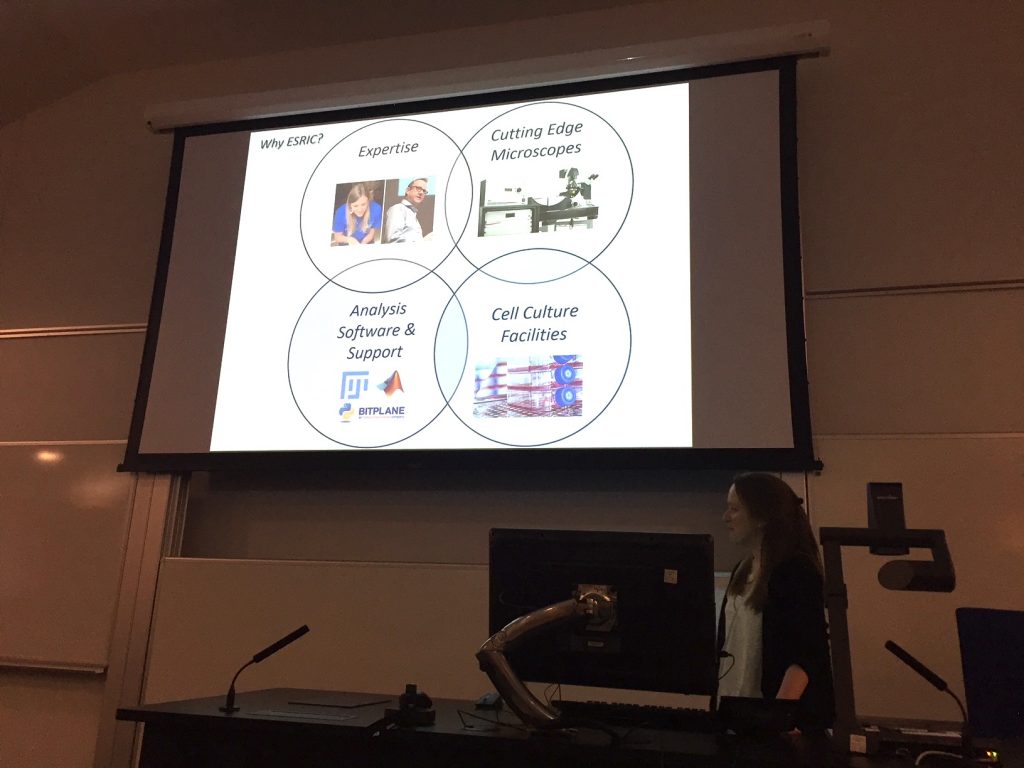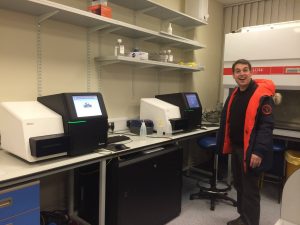
The mock metagenome, MAGs and breaking the first rule of Long Read Club Nick showing us some of his experiments with an early antecedent Short Read Club… Out today in GigaScience is a new “mock metagenome” Data Note from the Nick Loman lab in Birmingham showcasing the latest long-read sequencing technologies from Oxford Nanopore.


